Five Years of Creative Exchange!
Give your feedback and take our survey here!
February 20, 2014 was the day that we launched Creative Exchange. I had just become a father, and here was another baby about to go out into the world. We launched the site with a handful of artist profiles, six toolkits to download, and some big hopes for the platform. Would people be interested in stories about artists and their work in community? Would the toolkits be useful to creative community builders? How would these programs be replicated?
Springboard for the Arts came to develop Creative Exchange out of a feeling that we were not alone in our work. As artists leading professional and community development projects, we saw their impact from our offices in Minnesota, and could see that all around the country, individuals and organizations were connecting the dots between the health of their communities and the support and engagement of artists. What we wanted was a platform where those artists and organizers saw their stories reflected back to them, and the opportunity to take new inspiration and action. The opportunity to put that into action came when the John S. and James L. Knight Foundation launched the Knight Arts Challenge in St. Paul, and included Springboard amongst five anchor grantees receiving five-year grants.
That sustained support has allowed this platform to expand, adapt, and thrive. Now, five years on, here are some reflections on the work, what has surprised us, what has changed, and what comes next.
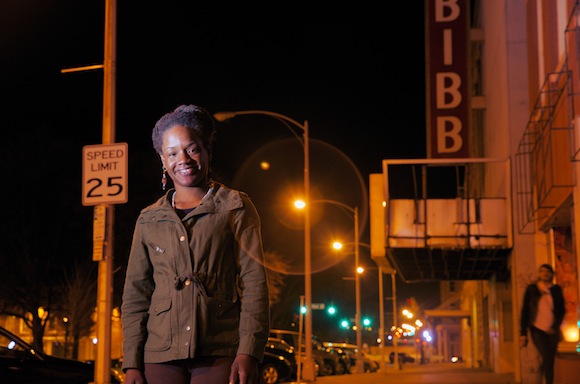
Telling reflective stories matters
Since February 2014, we have published 240 profiles of artists with impact, and 143 special features around placemaking, community development, and creative people power. At our two year mark we compiled stories into a book that you can buy! We have had content partnerships with the National Endowment for the Arts, Twin Cities Daily Planet, and Issue Media Group. We’ve created new stories in partnership with the International Downtown Association and New Economy Coalition. Each story has enumerated challenges that have been met with hope and creativity, and even when the projects have been wildly different, that is what ties them together, a belief in the possibility of change.
As artist Dana Sikkila put it in her recent profile, “[W]hat is the value of sharing your stories? To me, the value is the idea that people are able to learn or share emotion or empathy through the value of a person or a person’s story.” What has been so edifying in this process is the feedback from artists that they feel their work truly reflected and seen in the profiles. When you are a part of an organization that is by artists, for artists, that makes a huge difference. As our national conversation has changed, we’ve also had the opportunity to share timely stories, like those of artists working in and around borders, or counteracting narratives around rural America with stories of creative, relationship-building, generative projects happening in rural places.
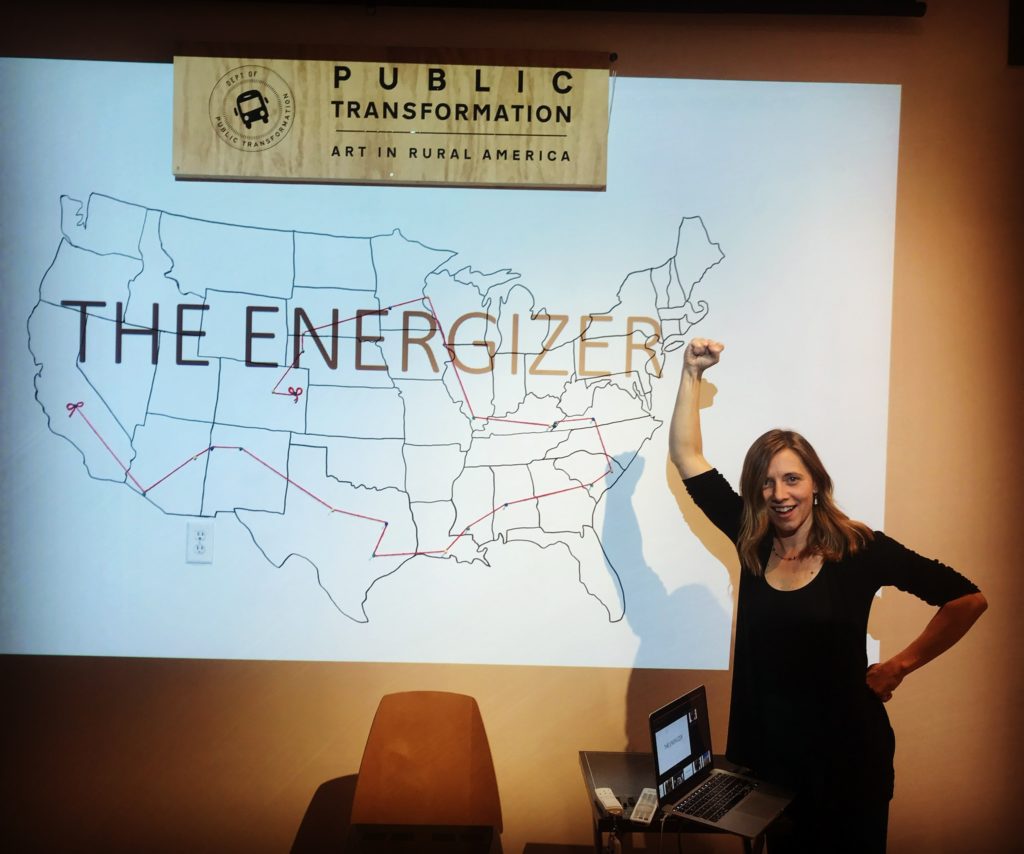
The people make the place
Along the way we’ve started asking a standard set of questions of all the artists we cover – How do you like to collaborate? How do you start a project? How do you talk about your value? How do you define/feel success? How do you fund your work? The answers to those questions have ranged all over, but provide some common throughlines. Artists create space for invitation and adaptation, they know that success comes in all sorts of ways, and artists are adept at recognizing those different values. Even more so, we’re putting together money however we can to make these projects go, and keeping that money in our communities, amongst our collaborators, is important.
“All I knew was that I lived in a little town that was sort of a forgotten area between two parishes that the government didn’t support and tourism didn’t support,” says George Marks of Arnaudville, Louisiana, where he founded the NUNU Arts and Culture Collective. “I knew that by taking that and rebranding the community, flipping the negative things people thought about the place could turn it into a positive, and that in itself could be an art piece.”
Artists also need time and space to do work and are always seeking new connections – if you’ve read the NEA’s Creativity Connects report or other research about the needs of artists, this is no surprise to you. We also hear how there is never nothing in a place – there are always people who care, communities with values and creativity, opportunities to tell real stories.
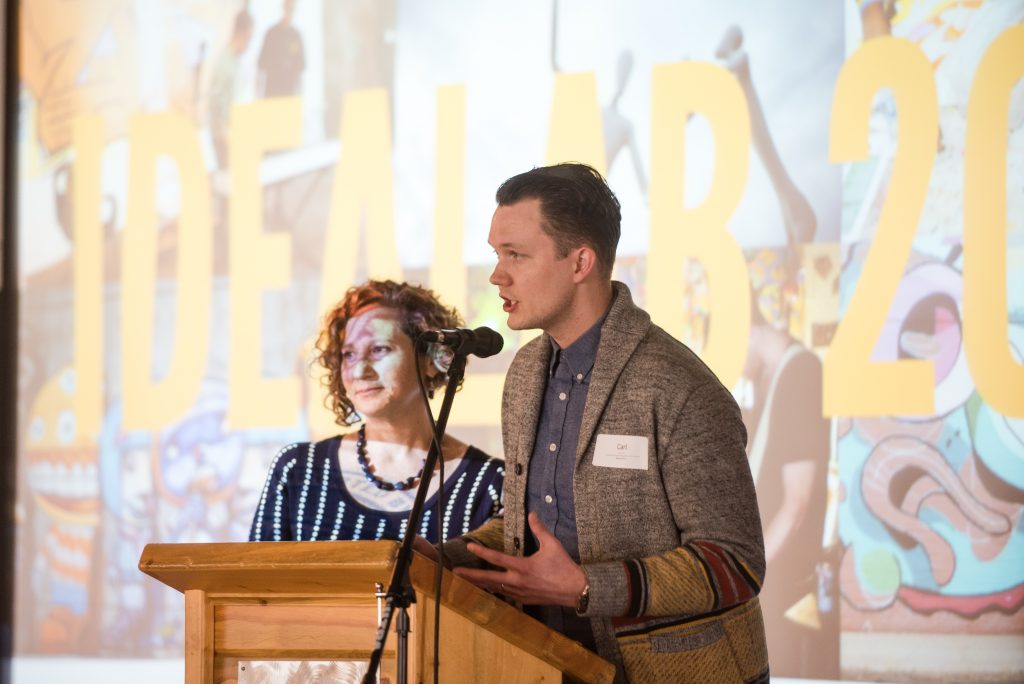
People want inspiration and the ability to act
From the initial set of six toolkits, we’ve expanded that to 30 toolkits now on the site, including 14 new toolkits from Springboard for the Arts and commissioned partners. Over 5 years, we’ve had 8,400 toolkit downloads, including 3,842 downloads of the Work of Art: Business Skills for Artists curriculum. Working with artists, organizers and administrators from around the country has been a joy, sharing the work that has made an impact in one community to shape another. It’s reflected in the feedback we get from people who download the toolkits – “I really love your toolkits – well written, demonstrative of deep, first-hand experience, and relevant for this work,” writes one downtown planner.
When we launched Creative Exchange, we hoped that the toolkits themselves would be a catalyst for program replication and to some extent, that has turned out to be true. But we’ve also learned that toolkits by themselves are not always enough. It takes some infrastructure of time, organizational support, partnerships, and money to make things happen. Underlying that, there is a sense of needing permission, or feeling confident enough to do the thing that we’ve heard can hold people back. In response, Springboard has increased out national training opportunities and worked to develop consulting and workshop offerings that are responsive to the community and their resources. The human connection, the building relationship takes time and effort, but is worth it.
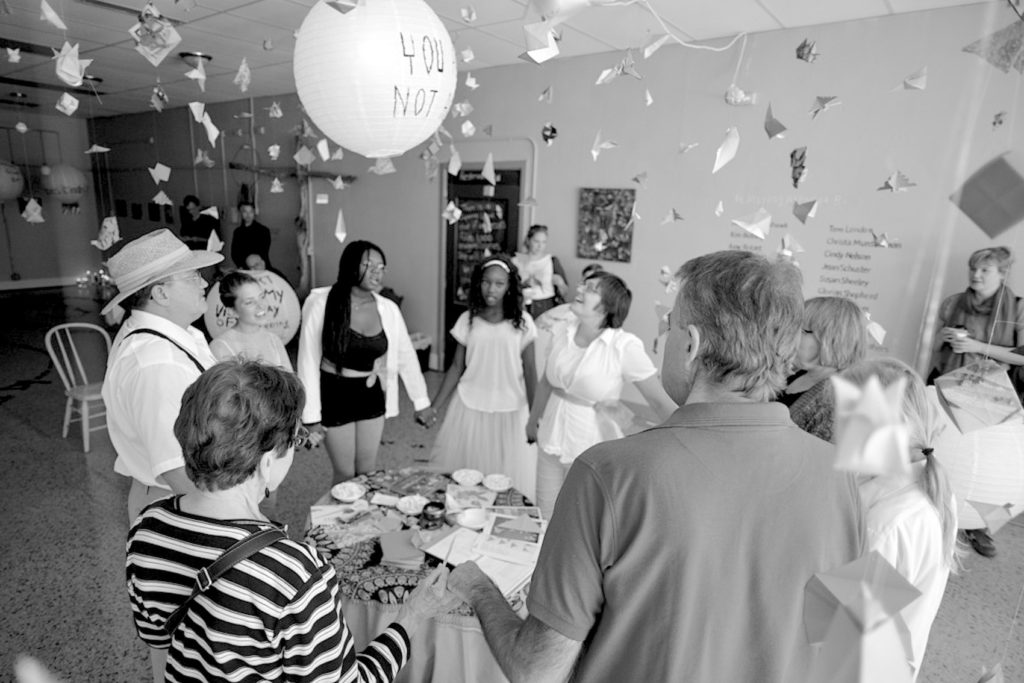
Creative People Power takes different shapes in different communities
We also know that a lot of the toolkit downloads aren’t for replication, but for insight and we’re excited about that. Our guiding principles at Springboard lead us to the idea that more is more – we want to make our work open and accessible and to freely share across disciplines and sectors. This means that we don’t have neat boundaries for our work, or a proscriptive system for someone to adopt wholesale. That’s not how things organically grow. One of my favorite replication stories came in 2015, when a curator at an art gallery in a small city requested the Pop-Up Museum toolkit, with the intention of approaching the local LGBT advocacy group about a pop-up. That conversation turned into a full gallery show, acting as a safe space for hosting meetings, and an actual partnership. “I got your toolkit and I didn’t do the thing in the toolkit but it inspired something different in our community,” is a way we build the movement of local arts and culture.
We’ve also had the opportunity speak at conferences and on panels around the country, and organize or participate in seven IdeaLab events in Denver, Minneapolis, Chicago, and Cincinnati. Now that we’re five years in, continuing to develop our work locally in Minnesota and nationally, we have also invested in research on how we do our work and move forward. In December 2018 we launched Creative People Power, a new report and framework created in partnership with Helicon Collaborative. In it we argue for longer-term infrastructure investment in artists and creative people, in communities, and specifically investments that are asset-based, equity-driven, and relationship-powered. This next phase of our work points a way forward that brings out digital work and exchange back into practical, on the ground organizing.
As this baby has grown, and learned to walk, talk and be curious, there are so many people to thank. Our editor Nicole Rupersburg has been creating compelling profiles from day one. Colleen Powers developed the social voice for Creative Exchange and invested in great special features. The Issue Media Group team of Claire Nelson, Denise McGeen, Amy Elliott Bragg, Alissa Shelton, and Brian Boyle built the runway to get this off the ground. For special features, Amelia Brown contributed her expertise on emergency response and Kari Mugo added insights on downtown efforts, and thanks to all the writers who have contributed their wisdom and words. Rebecca Saltman was invaluable in facilitating and organizing so much work in Denver. The team at PKPR helped shape our external communications and launch new toolkits.
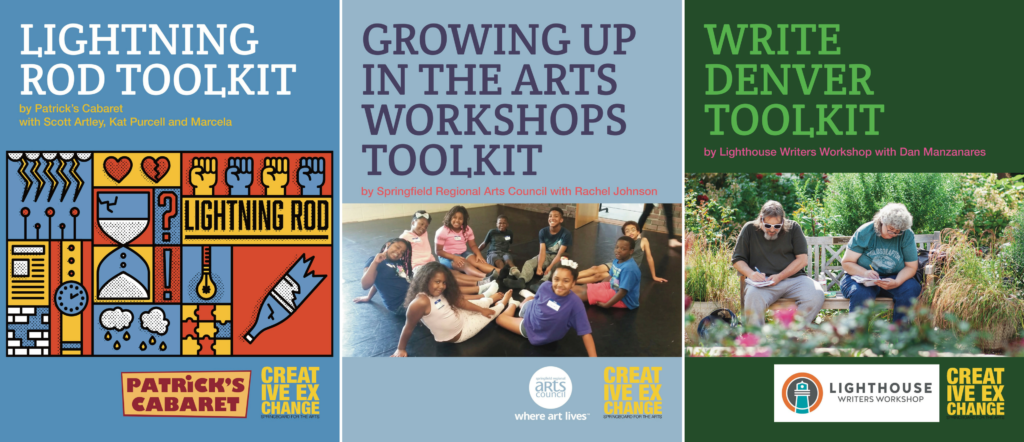
Many of the toolkits on Creative Exchange come from Springboard for the Arts staff and our work, but the site is made richer through sharing partner resources. Toolkit thanks go to the Santa Cruz Museum of Art & History, the Center for Urban and Regional Affairs, SummerDance, World Dance Party, Mural Arts, Yollocalli Arts Reach, Wanderway, Rogue Citizen & Line Break Media, [freespace], Kevin van Lierop, and Hunter Franks. Thanks also have to go to the artists and administrators who collaborated on new toolkits – the teams at the International Downtown Association, Greater Pittsburgh Arts Council, Macon Arts Alliance, Metro Arts Nashville, Movimiento de Arte y Cultura Latino Americana, Write Denver, Springfield Arts Council, and Lightning Rod. Our funders at the John S. and James L. Knight Foundation, the Surdna Foundation, the Kresge Foundation, the Bonfils-Stanton Foundation, the Bush Foundation, and the National Endowment for the Arts have made this work possible, and we thank them for their commitment to communities and creativity.
And thanks to all the artists. Those we have had the privilege of writing about, those who have shared their work, those we have met in dialogue. We hope you see yourselves in this exchange, and recognize your value.
If you need a place to start on Creative Exchange, here are our top five most read stories. Dig in, find inspiration, and know you are not alone in your work.
–Honoring Inuit culture through traditional tattoos
–Leon Wang designs posters with impact
–Microloans help artists build sustainable careers
–How Sacramento’s Sol Collective built a sustainable arts activism organization
–Dylan Yellowlees is creating an LGBT arts festival for everyone in Akron
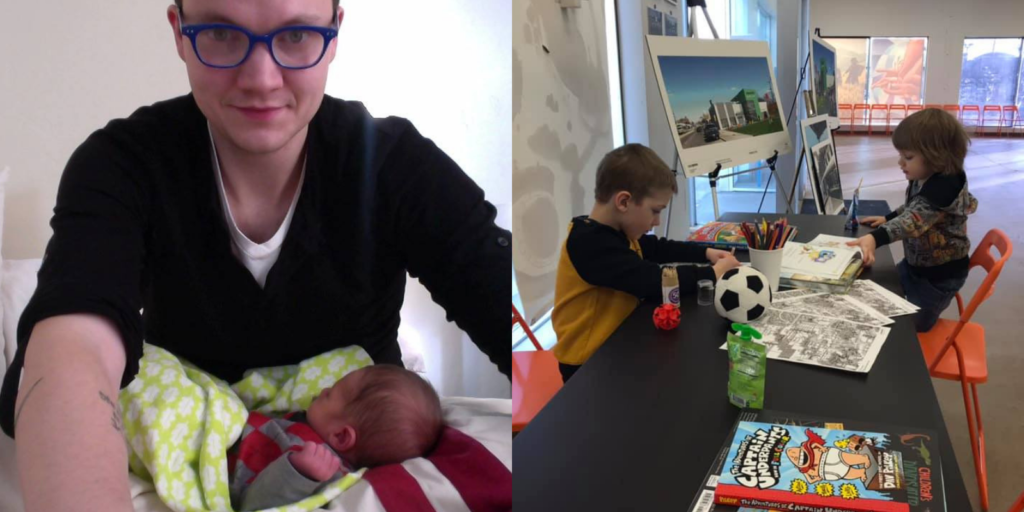

Keep the work and organization going, it is néeded in all areas of the life of the artist …
You interviewed me and posted it on your space when at the Concert of Colors production in the Charles Wright Museum of African American History in Detroit. I appreciate that and continue to follow your efforts for the arts.